OUR DESIGN PROCESS
We were tasked with a design brief of designing a wooden toy for children of any age.
1) EMPATHY
We started out with the first step of our design process: to empathise with our target audience.
Who is our target audience?
We wanted to target children aged between 4 - 6 as with our research, we were able to gather that children between the ages 4 - 6 are quick learners and were good with solving problems, creating, experimenting and develop their cognitive abilities through play.
To better empathise with children aged 4 - 6, we decided to use a variety of research methods:
- Empathy mapping
- Persona
- Surveys and Findings
EMPATHY MAPPING
FINDINGS AND OBSERVATIONS
Observations among kids aged 4-6 years old
- They tend to be curious individuals. Love to question and discover many things
- Imaginative and see the world as abstract. Love to explore and build things
Drawn by Azly
Research on cognitive developments among kids aged 4 - 6 years old
- Children acquire the ability to perform many tasks that involve coordinating two or more ideas. For example, they can do elementary perspective-taking, in which they relate a representation of someone else's perceptual viewpoint with a representation of their own (Flavell, 1977; Gelman, 1978). Similarly, they can relate two social categories, e.g., understanding how a doctor relates to a patient or how a mother relates to a father (Fischer et al., in press)
PERSONA (Of a typical 5-6 year old kid)
2) DEFINE
From this set of research, we were able to gather that to design a toy for children aged 4 - 6 years old, we needed to see the world as abstract and give children the freedom and power to design on their own.
We then decided to rethink the definition of play where children aged 4 - 6 years old can create meaningful and imaginative experiences in their own way, such as building their own animal, their own playground... etc
3) IDEATE
We ideated different approaches and rethink how children can define play differently. We, each created 6 gameplay where we gave children the freedom to explore their own definition of what is considered fun for them
We then made a decision on creating a game where children are given the power to create and plan their own city. This was also based on an inspiration from LEGO and how popular it was among children by allowing children the opportunity to build however they like
We wanted it to be educational as well, thus making it Singapore centric and using architecture from Singapore buildings as an inspiration for our building blocks
We used the concept of DECONSTRUCTIVISM to divide the architecture of the buildings into smaller pieces for the children to play with.
We chose Marina Bay Sands, Changi Tower, Henderson Waves and Esplanade due to its popularity among Singaporeans and its representation of the four different sectors where Singapore thrive in: Economy, Tourism, Nature, Arts
Sketched by Azly
4) PROTOTYPE
OUR PLAN
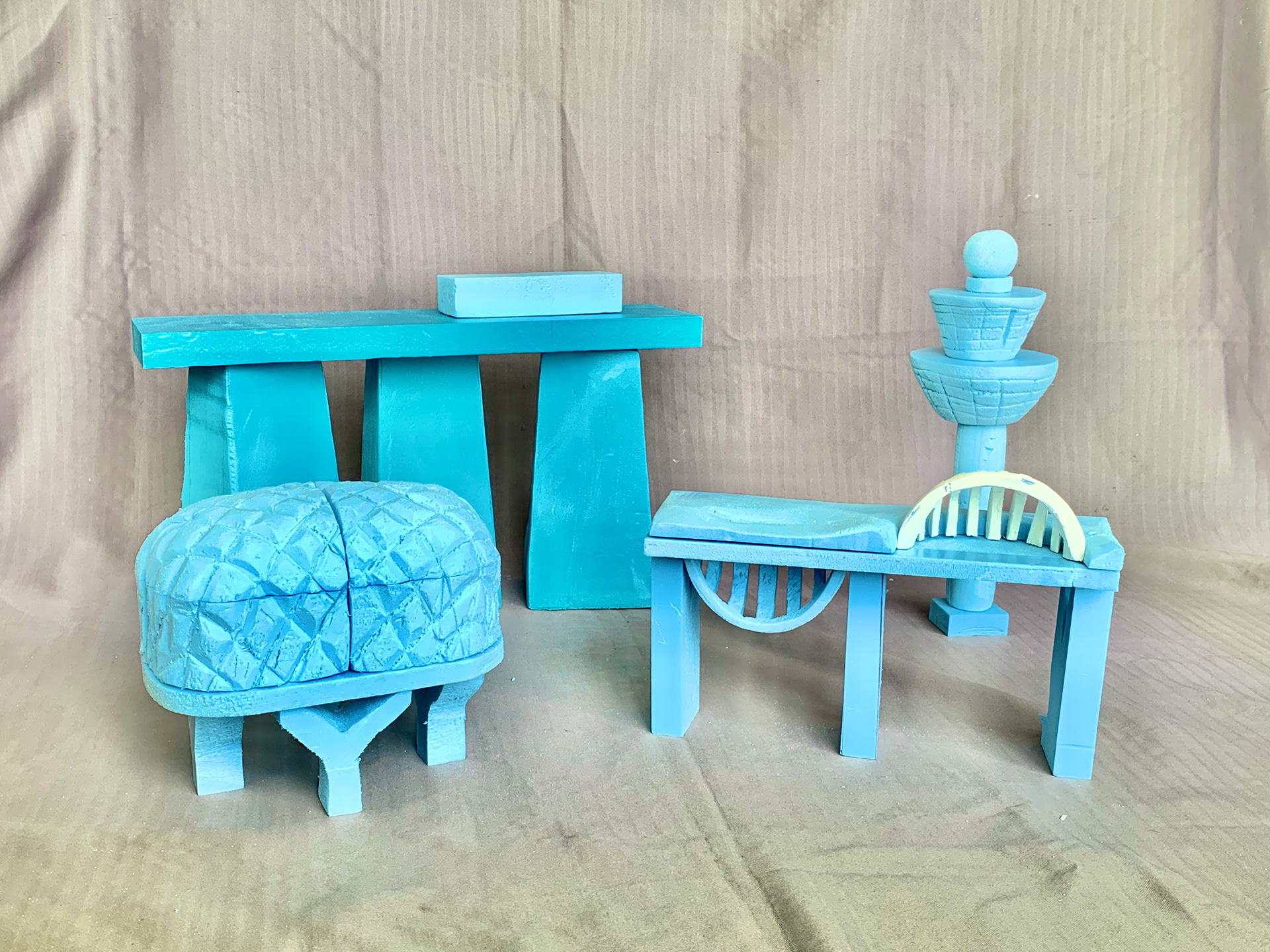

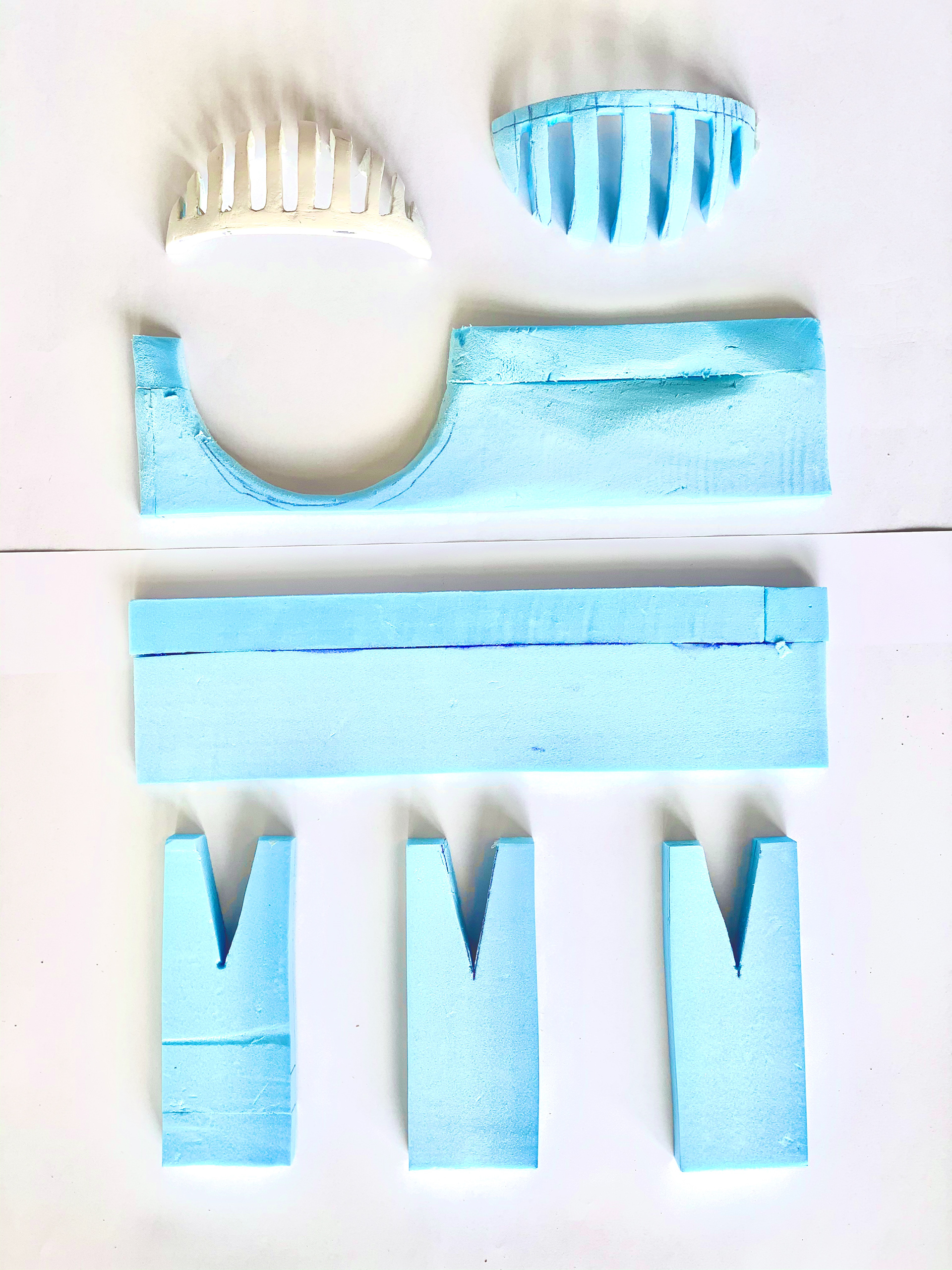
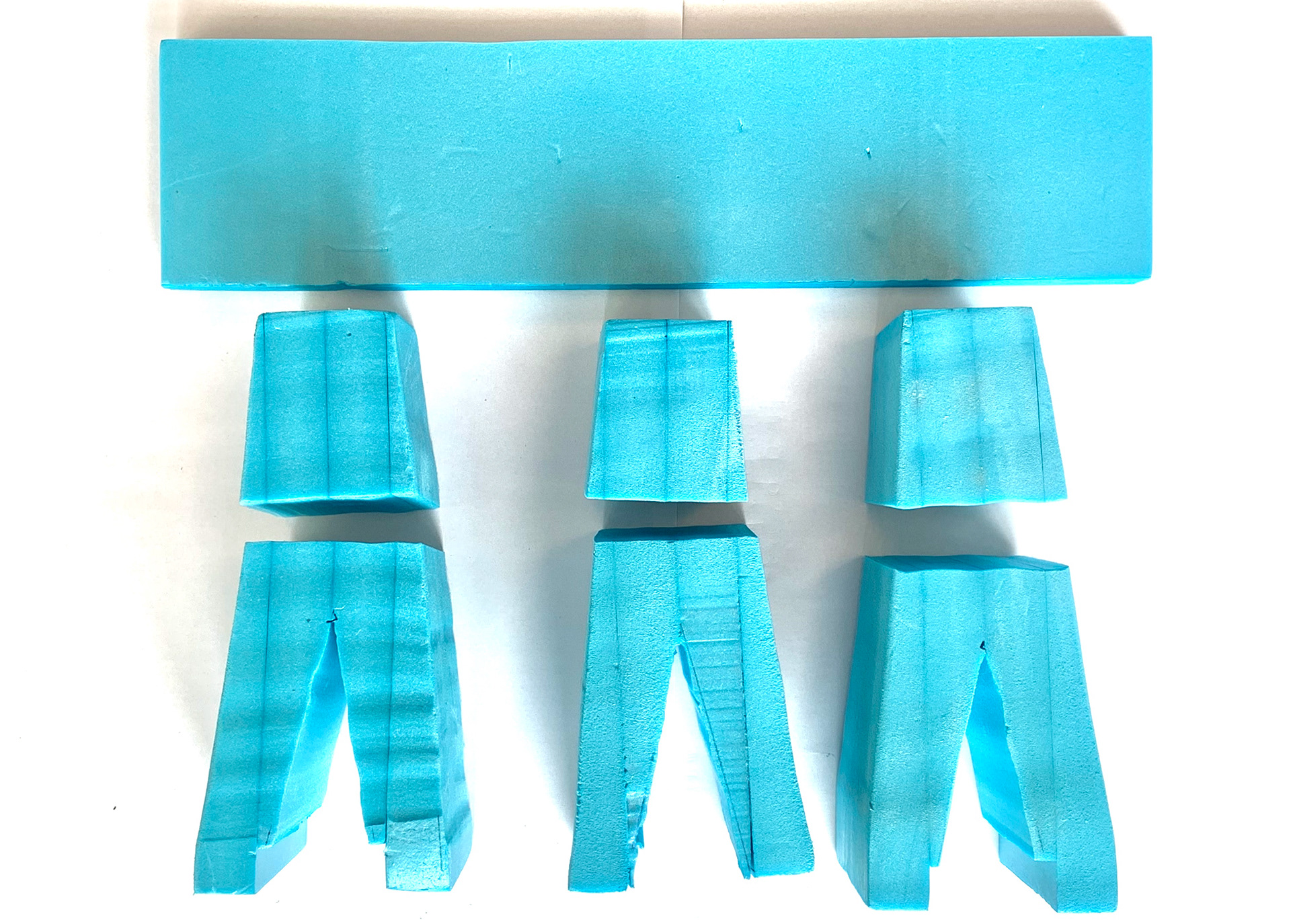
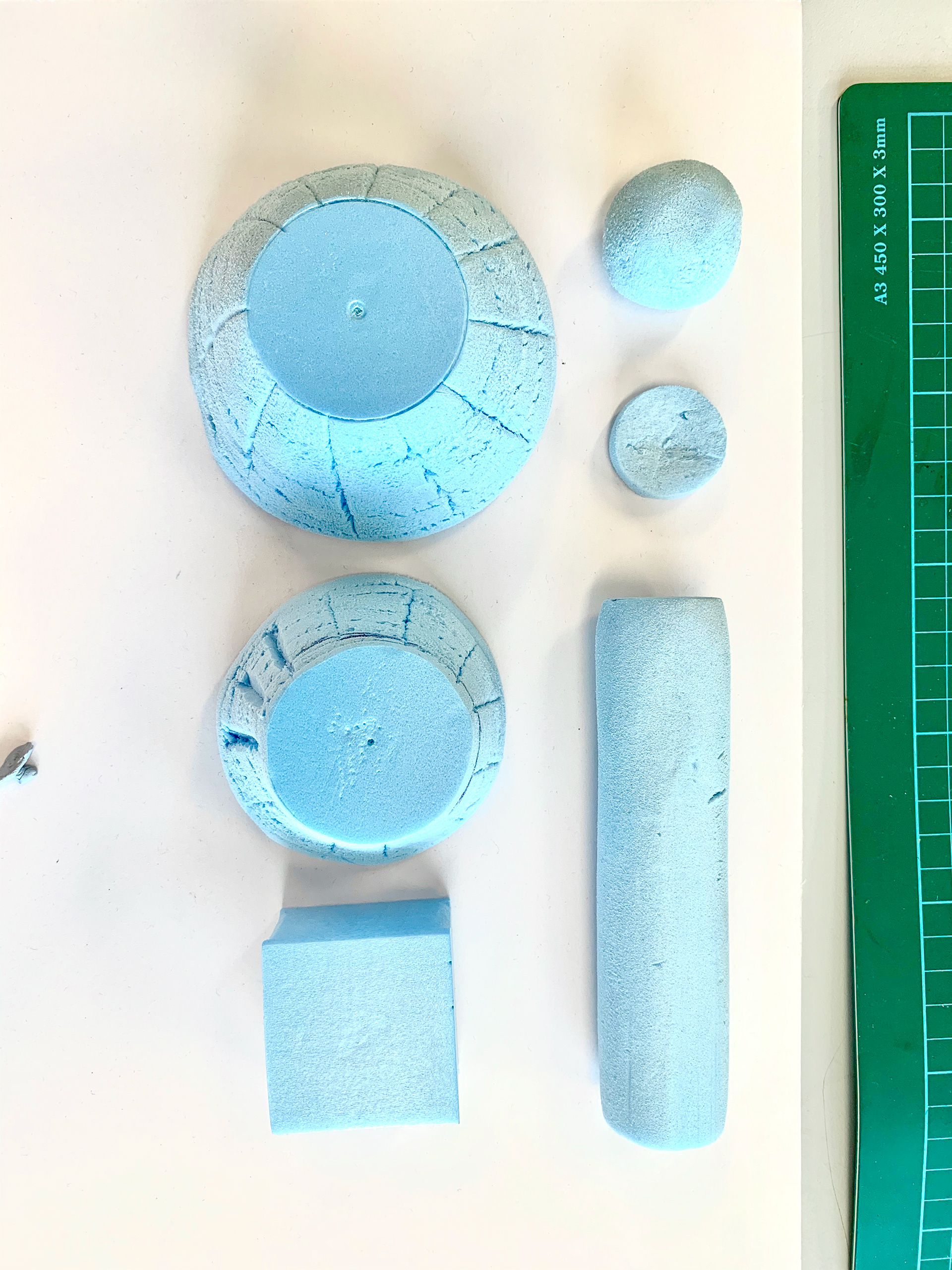



We used blue foam to create prototypes of our future city of Singapore, reimagining what it would like using wood.
PICTURES OF THE PHYSICAL PRODUCT
We ensured that the building blocks were curved out with rounded edges and its size fitted comfortably in children's hands, so that it is comfortable for them to play
5) USER TESTING
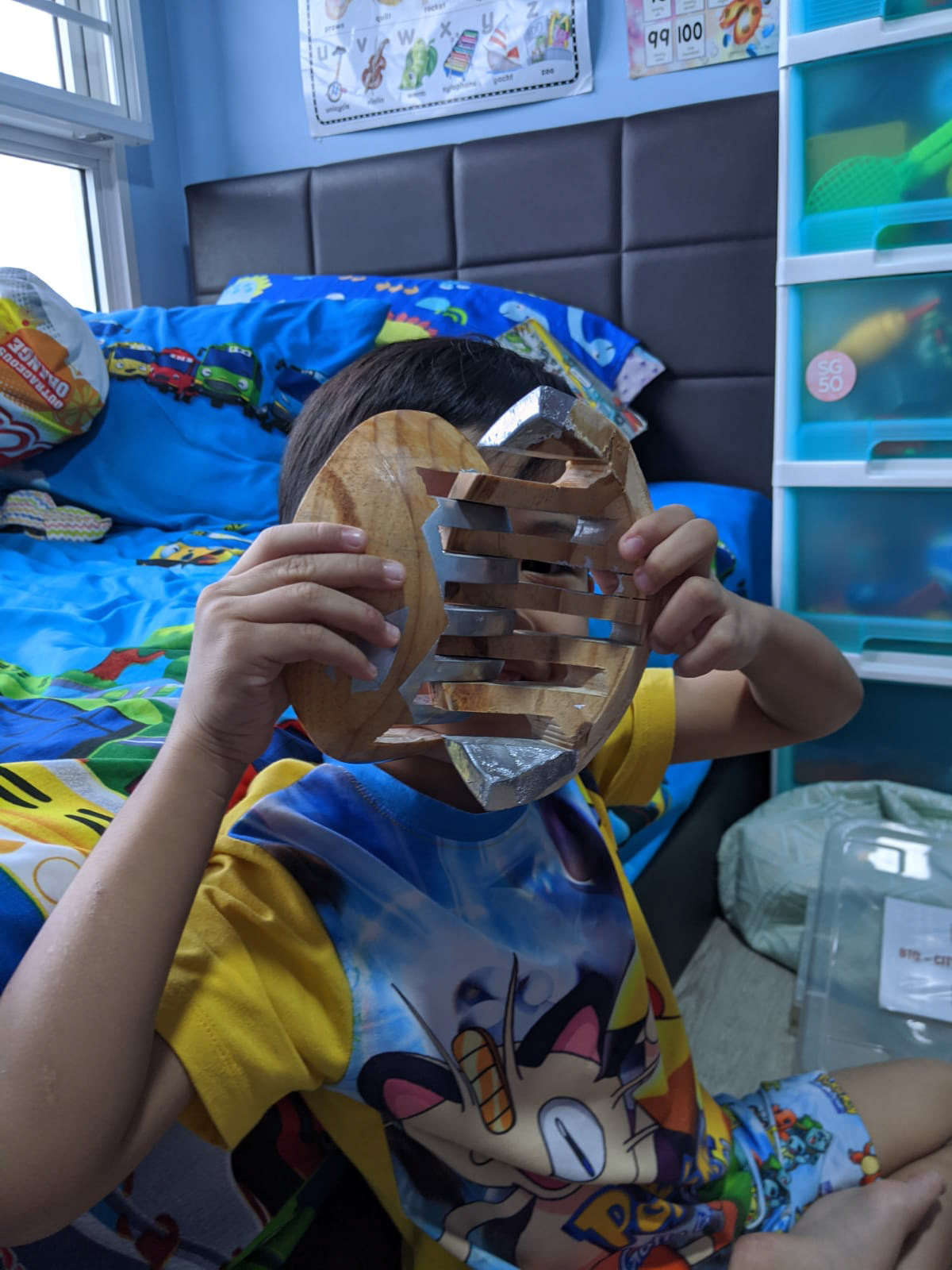

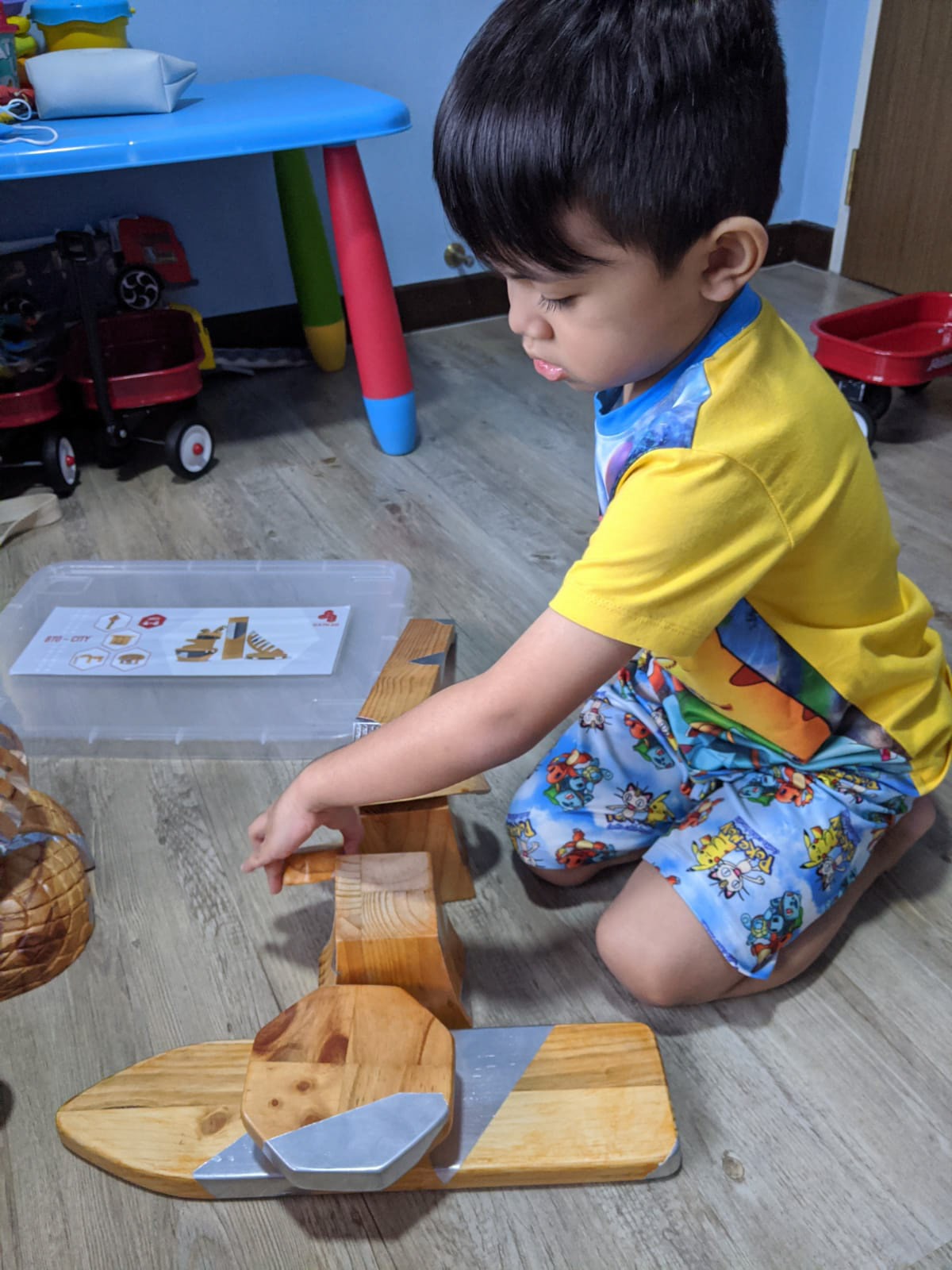

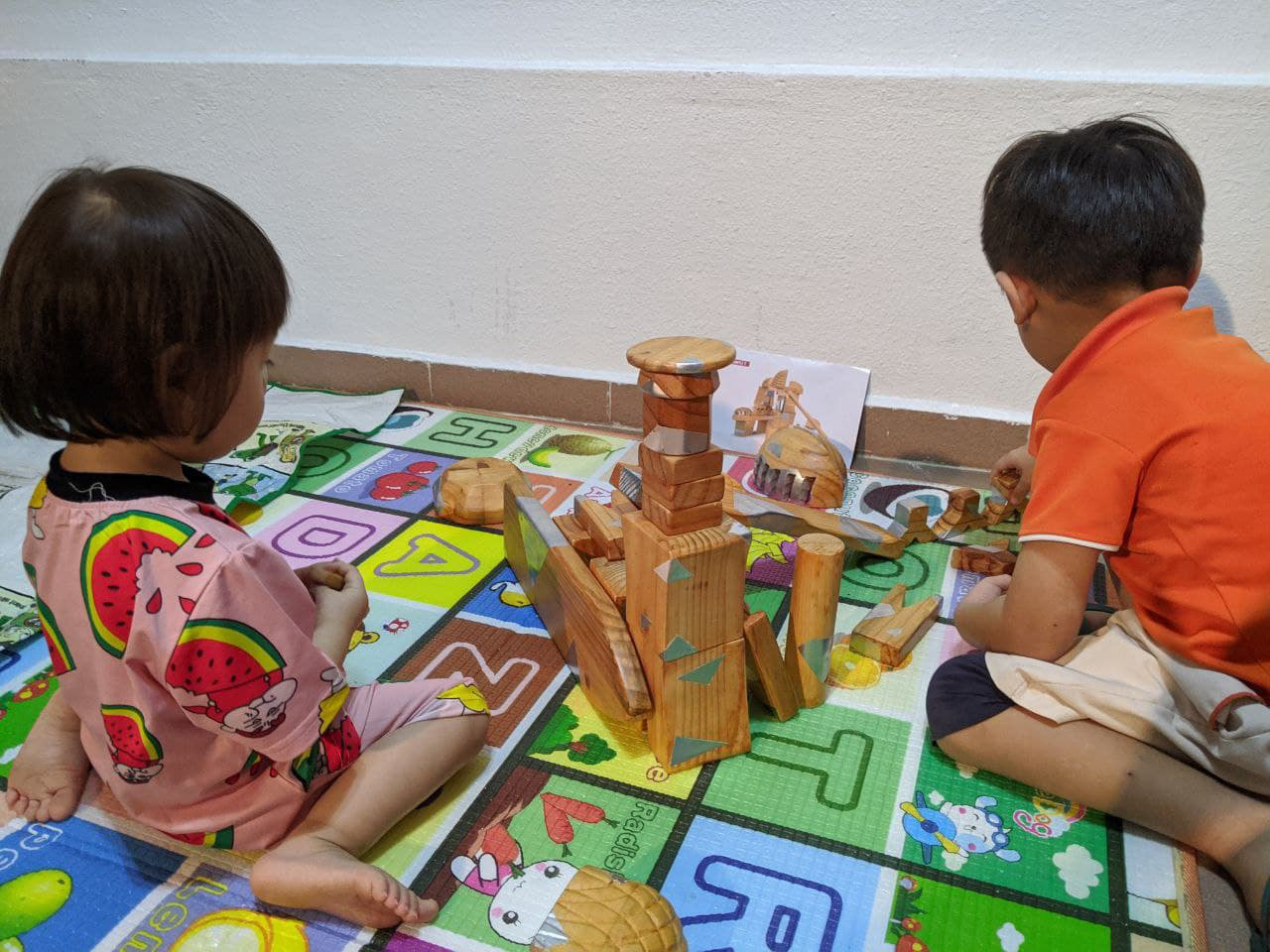
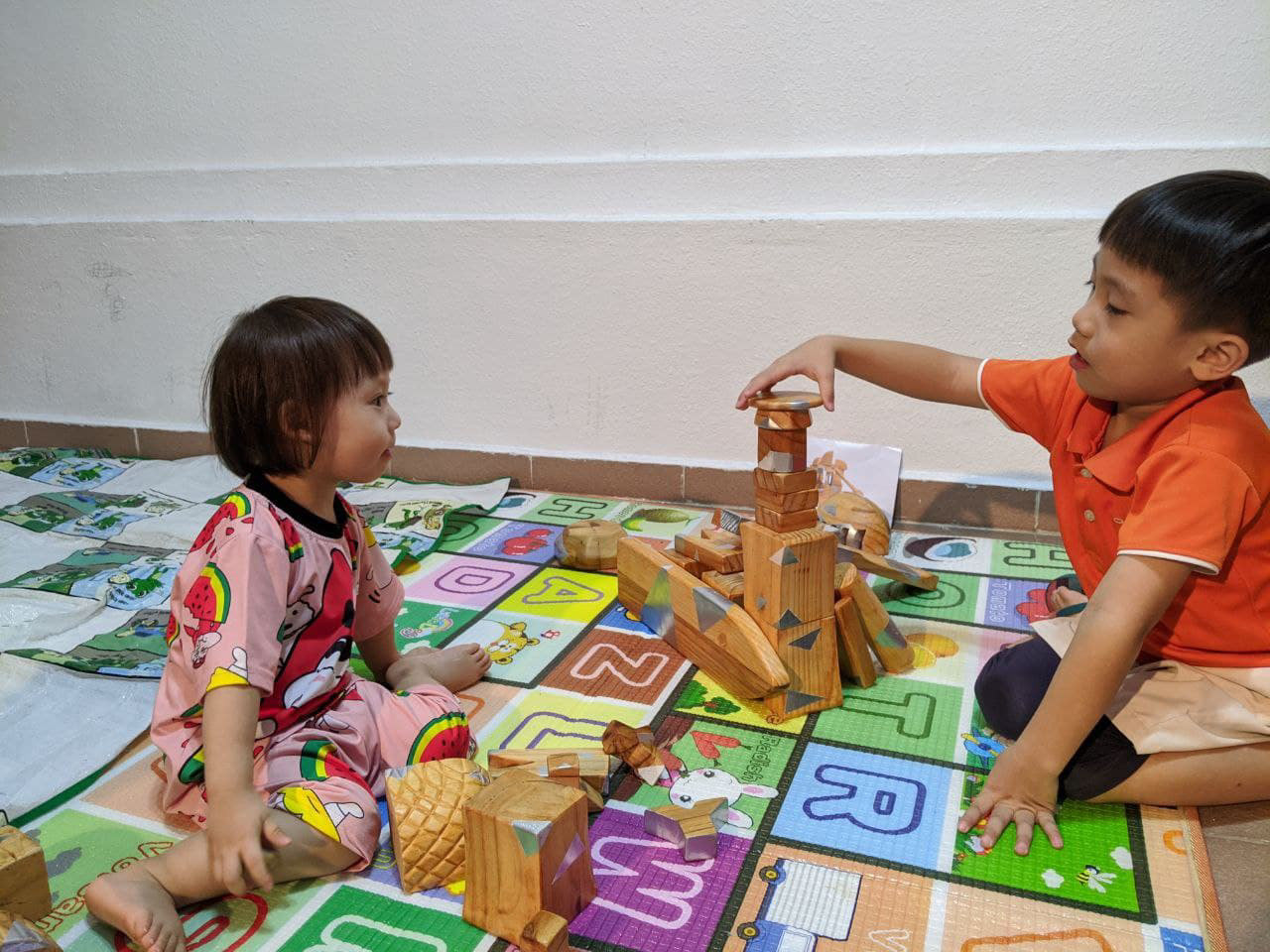
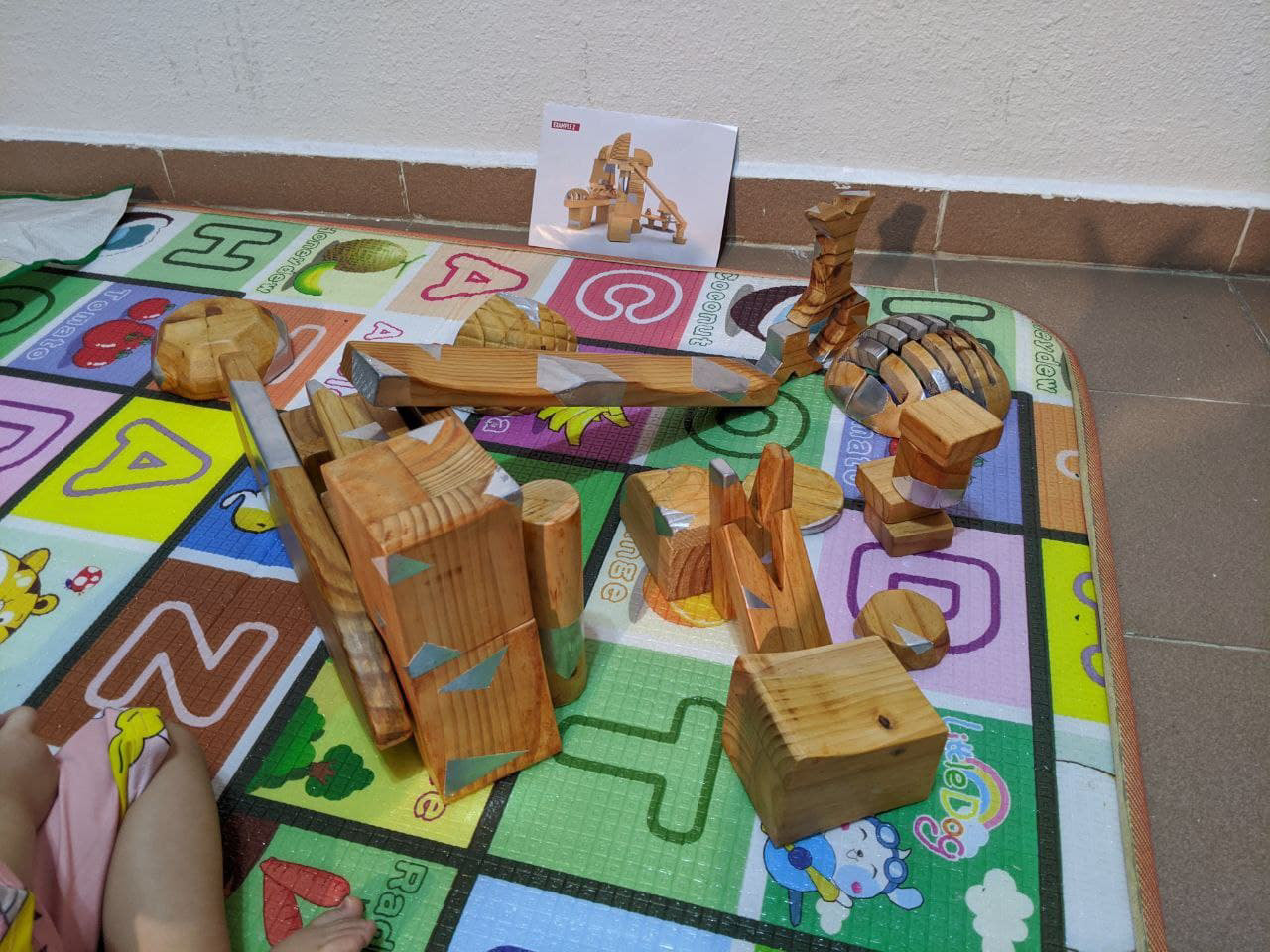

OBJECTIVES:
Wanted children from ages 4 - 6 to build their own envisioned future city of Singapore
OBSERVATION
PROS:
- They reacted well to the building blocks, instinctively stacking them up together, living their own imagination.
- By instinct, one even tried to fix the two pieces together, which was an interesting observation.
- They enjoyed their time playing with the blocks and did not want to stop playing.
CONS:
- It took the children a few seconds to understand how to play. Though they wanted to stack the building blocks according to their own imagination, they were more keen in following the building permutations on the user manual.
- Got bored after around 30 minutes of playing
ARE THE OBJECTIVES MET?
Yes but there are still room for improvements.
ROOM FOR IMPROVEMENTS:
There were not a lot of building blocks for the kids to continue building so they were more prone to fighting.
=> Increase the number of building blocks.
=> Make the game more interactive by placing magnets onto the building blocks or add other elements like wooden human figures or vehicles.
PACKAGING DESIGN:
USER MANUAL:
OUR GROUP